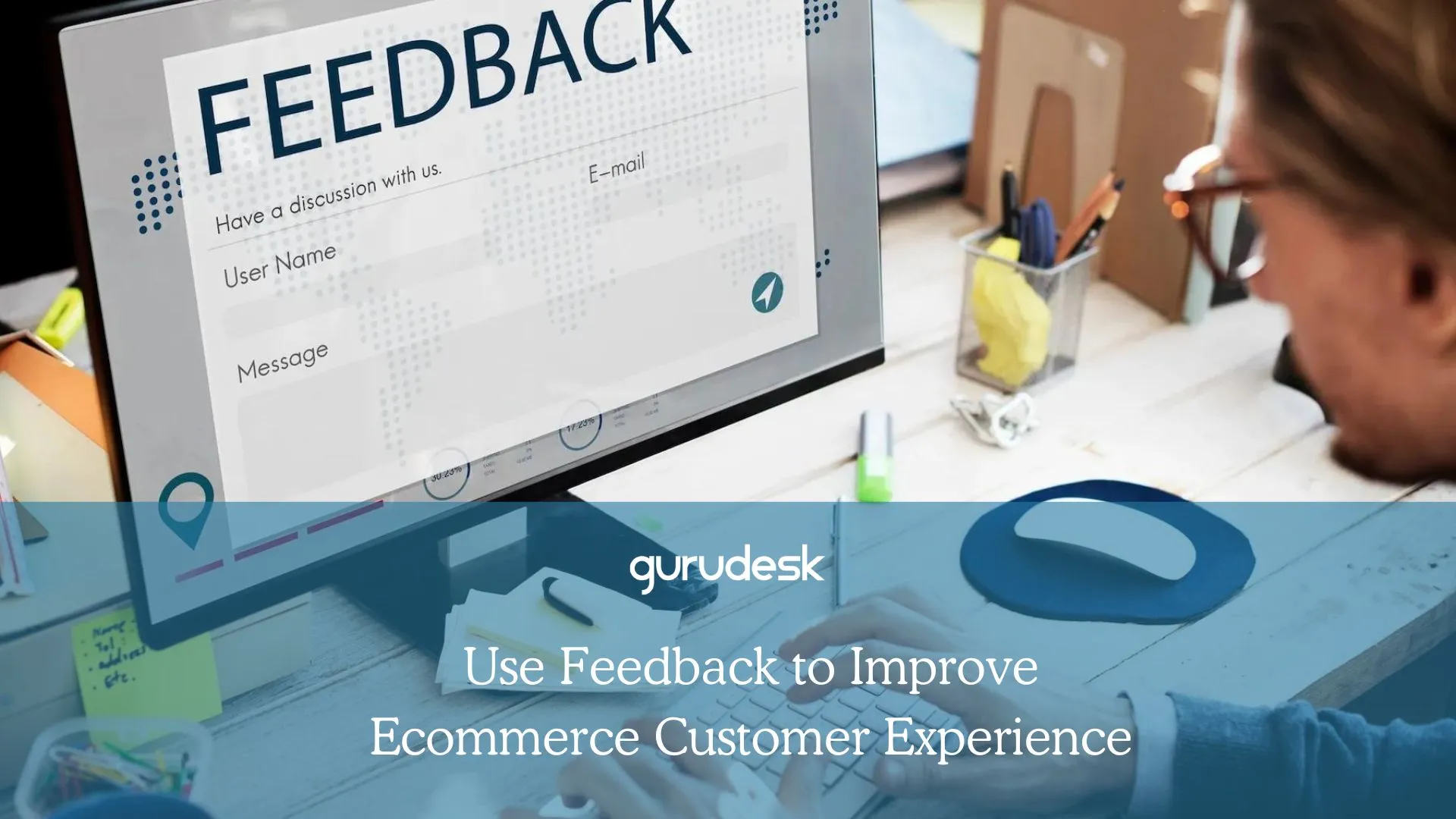
Small businesses face unique challenges in their quest for growth.
These challenges range from limited resources and funding to navigating ever-evolving market trends and adapting to technological advancements.
However, with the right strategies, a determined mindset, and a willingness to adapt, even the smallest of businesses can achieve remarkable success.
This comprehensive guide will provide you, as a small business owner, with the knowledge and tools to transform your humble venture into a thriving enterprise.
By following these five essential steps, you can empower your business to overcome challenges, seize opportunities, and make a significant impact in your industry.

1. Define Your Unique Value Proposition
Every successful business stands out from the crowd by offering something unique and valuable to its customers.
This unique selling proposition (USP) is what sets your business apart from your competitors and attracts customers to your products or services.
Clearly define your USP and communicate it effectively to your target audience.
To identify your USP, consider the following questions:
- What are your strengths and unique capabilities?
- What problems do you solve for your customers?
- What makes your products or services different from your competitors?
Once you have a clear understanding of your USP, incorporate it into your marketing messages, website content, and customer interactions.
This will help you attract the right customers and establish a strong brand identity.
2. Customer-Centricity
Customers are the lifeblood of any business, and small businesses, in particular, thrive on customer loyalty.
Make your customers the heart of your operations. Center your operations around your customers, making them the focal point of your brand story.
Prioritize their needs, listen to their feedback, and go the extra mile to exceed their expectations.
Building strong customer relationships will foster word-of-mouth marketing and encourage repeat business.
Align every online interaction to convey a message that resonates with your customers and addresses their challenges.
This holistic approach ensures a seamless and customer-focused experience, fostering word-of-mouth marketing and cultivating long-term relationships for repeat business.

Here are some ways to embrace customer-centricity in your small business:
- Collect and analyze customer feedback regularly.
- Respond promptly and professionally to customer inquiries and concerns.
- Personalize your interactions with customers to make them feel valued.
- Go above and beyond to resolve customer issues and exceed their expectations.
- Implement a customer loyalty program to reward repeat business.
By prioritizing customer satisfaction, you will not only retain existing customers but also attract new ones who are looking for a positive and memorable shopping experience.
3. Leverage Technology
Technology has revolutionized the way businesses operate, offering a plethora of tools to streamline processes, enhance customer experiences, and expand reach.
Embrace technology to improve your business’s efficiency, automate tasks, and gain a competitive edge.
Explore e-commerce platforms such as WooCommerce, marketing automation tools, and customer relationship management (CRM) systems to streamline your operations and drive growth.
Here are some specific examples of how technology can benefit your small business:
- E-commerce platforms: Allow you to sell your products or services online, expanding your reach to a global audience.
- Marketing automation tools: Help you automate marketing tasks, such as email campaigns and social media scheduling, freeing up your time to focus on other aspects of your business.
- CRM systems: Help you manage customer data, track interactions, and provide personalized customer service.
- Cloud-based accounting software: Simplifies your accounting processes and provides you with real-time financial insights.
- Project management tools: Help you manage projects effectively, track progress, and collaborate with team members.
By adopting the right technology solutions, you can streamline operations, enhance productivity, and gain a competitive edge in your industry.

4. Strategic Marketing
Effective marketing is the key to attracting new customers and retaining existing ones.
Develop a comprehensive marketing strategy that aligns with your target audience and business goals.
Utilize a mix of traditional and digital marketing channels, including social media such as Reddit or Instagram, content marketing, and targeted advertising, to reach your audience effectively.
Here are some key elements of a successful small business marketing strategy:
- Define your target audience: Clearly identify your ideal customers, understanding their demographics, interests, and online behavior.
- Set clear marketing goals: Determine what you want to achieve with your marketing efforts, such as increasing brand awareness, generating leads, or driving sales.
- Choose the right marketing channels: Select the marketing channels that are most effective for reaching your target audience.
- Create compelling content: Produce high-quality, engaging content that resonates with your audience and provides value.
- Track your results: Regularly monitor your marketing performance and make adjustments as needed.
5. Continuous Learning and Improvement
The business landscape is constantly evolving, and small businesses must adapt to stay ahead of the curve.
Cultivate a culture of continuous learning and improvement within your organization.
Encourage your team to stay informed about industry trends, attend workshops or webinars, and explore new technologies.
Embracing continuous improvement will keep your business competitive and agile in a dynamic market.
Here are some ways to foster a culture of continuous learning in your small business:
- Encourage your team to attend industry events, workshops, and conferences.
- Provide access to online learning resources and professional development opportunities.
- Create a culture of knowledge sharing and collaboration within your team.
- Regularly review and update your business processes and practices.
- Be open to feedback and suggestions from your team and customers.
By embracing continuous learning and improvement, you can ensure that your small business remains relevant, adaptable, and well-equipped to face the challenges and opportunities that lie ahead.

Small Business to Large Enterprise
Building a successful small business requires a combination of strategic planning, hard work, and a willingness to adapt and learn.
By following the five steps outlined in this comprehensive guide, you can empower your small business to overcome challenges, seize opportunities, and make a significant impact in your industry.
Remember that a way to excel in your small business is by having a hosting provider that allows you to scale your website, ensure speedy performance, and provide a 99.9% uptime guarantee, preventing your website from failing to remain available to your customers.
Whether it be WordPress hosting or WooCommerce, GuruDesk assists you in all aspects of extending your reach to grow your business!
Join the GuruDesk community and be among the first ones to discover the hottest trends in web services! We are a team of web experts and we love sharing our knowledge and experience with our readers! We share tips and tricks on a wide range of topics, including web development, cloud services, and hosting. Whether you are a seasoned pro or just starting out, we promise you will find valuable information here. So go ahead, hit that “Subscribe” button and let the fun begin!






